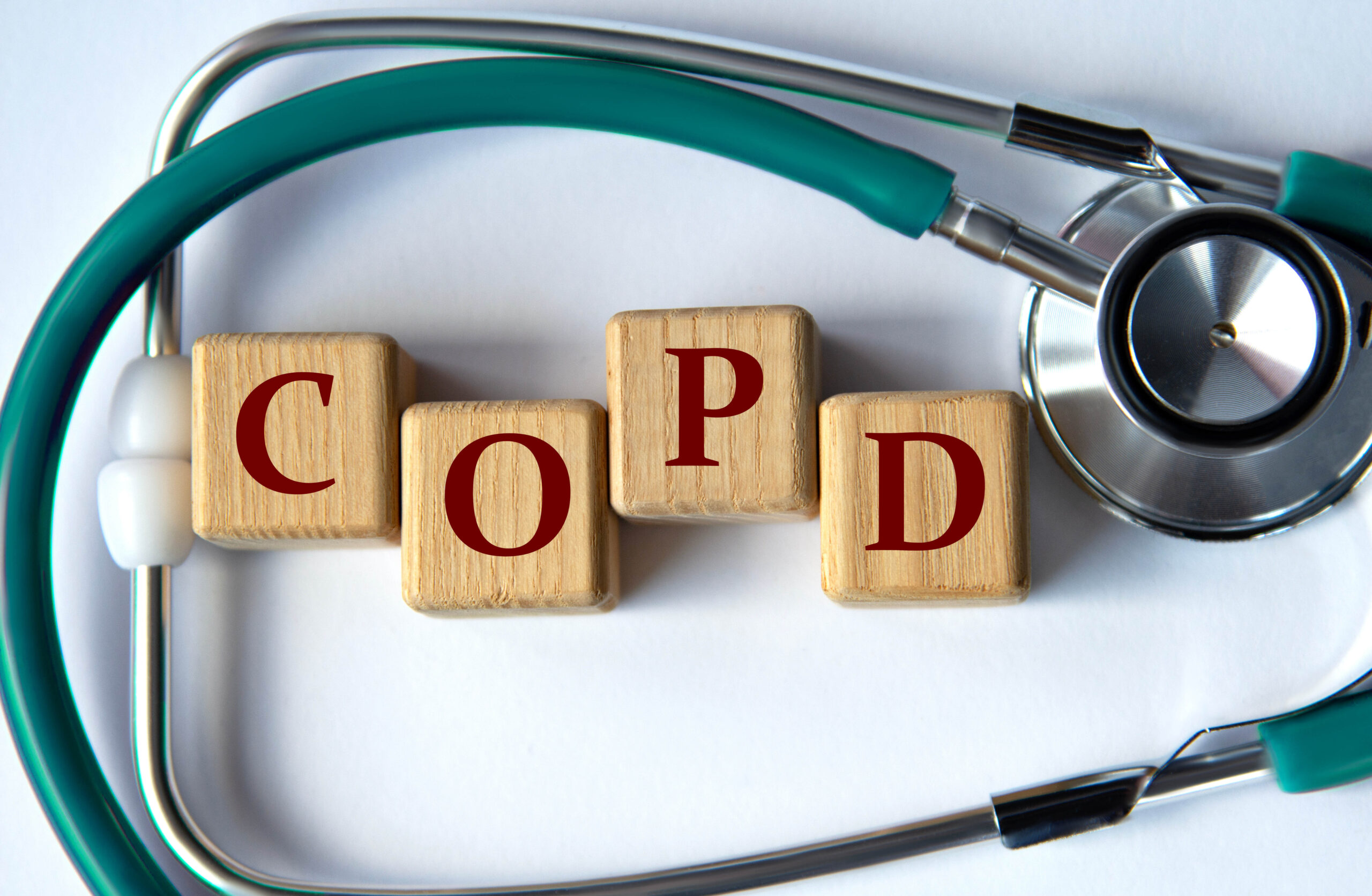Understanding COPD Treatment Options
Updated: Apr 03, 2025
Having a chronic condition like COPD can be challenging and managing it often involves ongoing treatment costs. Explore affordable treatment options to ensure you get the care you need without overwhelming expenses.

Chronic Obstructive Pulmonary Disease (COPD) is a progressive lung disease that makes it hard to breathe. If you or a loved one has been diagnosed with COPD, it’s crucial to understand the various treatment options available to manage the condition effectively. This guide will cover the main treatment approaches, from medications to lifestyle changes, helping you find a plan that fits your needs.
Medications
Medications are a cornerstone of COPD treatment. They help to manage symptoms, reduce flare-ups, and improve quality of life. Here are some commonly prescribed medications:
- Bronchodilators: These medications relax the muscles around your airways, making it easier to breathe. Short-acting bronchodilators provide quick relief, while long-acting bronchodilators are used daily to maintain open airways.
- Steroids: Inhaled corticosteroids can reduce inflammation in the airways, helping to prevent exacerbations. They are often combined with long-acting bronchodilators for better control.
- Phosphodiesterase-4 Inhibitors: These drugs reduce inflammation and relax the airways. They are typically used for severe COPD with chronic bronchitis.
- Theophylline: This medication helps improve breathing by relaxing the muscles around the airways. It’s usually reserved for more severe cases due to its side effects.
- Antibiotics: Used to treat or prevent infections that can worsen COPD symptoms.
Oxygen Therapy
For those with advanced COPD, oxygen therapy might be necessary. This treatment provides extra oxygen to help you breathe better. It can be used during activities, while sleeping, or continuously, depending on the severity of your condition. Portable oxygen tanks make it easier to maintain mobility while receiving this essential treatment.
Pulmonary Rehabilitation
Pulmonary rehabilitation is a comprehensive program designed to improve the well-being of people with chronic breathing problems. It includes:
- Exercise Training: Customized exercises to strengthen the muscles you use for breathing.
- Nutritional Advice: Guidance on maintaining a healthy diet to support lung health.
- Education: Information about COPD, treatments, and techniques to manage symptoms.
- Psychological Support: Counseling to help cope with the emotional challenges of COPD.
Lifestyle Changes
Adopting healthier lifestyle habits can significantly impact your COPD management. Here are some changes to consider:
- Quit Smoking: If you smoke, quitting is the most important step you can take to slow the progression of COPD. There are various resources and programs available to help you quit successfully.
- Avoid Lung Irritants: Stay away from pollutants, secondhand smoke, and other environmental irritants that can exacerbate your symptoms.
- Stay Active: Regular physical activity can help improve your overall health and lung function. Aim for activities that increase your heart rate but are gentle on your lungs.
- Healthy Eating: A balanced diet can help maintain your strength and energy levels. Focus on fruits, vegetables, lean proteins, and whole grains.
- Vaccinations: Stay up to date with vaccinations, like the flu shot and pneumococcal vaccine, to prevent infections that can worsen COPD.
Surgical Options
In severe cases, surgery might be an option. Surgical treatments for COPD include:
- Lung Volume Reduction Surgery: Removes damaged tissue from the lungs to help the healthier parts function better.
- Bullectomy: Removes large air spaces (bullae) that can interfere with breathing.
- Lung Transplant: Replaces diseased lungs with healthy donor lungs. This is usually considered when all other treatments have failed.
Complementary Therapies
Some people with COPD find relief through complementary therapies. These are used in conjunction with standard treatments and can include:
- Breathing Exercises: Techniques like pursed-lip breathing can help manage shortness of breath.
- Acupuncture: May help reduce symptoms and improve quality of life.
- Nutritional Supplements: Certain supplements might support lung health, but it’s important to consult your doctor before starting any new regimen.
Monitoring and Regular Check-ups
Regular monitoring and check-ups with your healthcare provider are essential to manage COPD effectively. Your doctor can adjust your treatment plan as needed and catch any complications early. Keep a record of your symptoms, medications, and any changes in your condition to discuss during your visits.
Emotional and Social Support
Living with COPD can be emotionally challenging. It’s important to seek support from friends, family, or support groups. Connecting with others who understand what you’re going through can provide comfort and practical advice.
Cost-Effective Treatments
Managing the cost of COPD treatment can be a concern. Here are some ways to keep expenses in check:
- Generic Medications: Ask your doctor if there are generic versions of your medications, which are often cheaper.
- Insurance Coverage: Make sure your insurance covers the treatments you need. Look into additional assistance programs if necessary.
- Lifestyle Changes: Implementing lifestyle changes can reduce the need for expensive treatments.
- Local Resources: Some communities offer free or low-cost pulmonary rehabilitation programs.
In conclusion, COPD management requires a multifaceted approach, including medications, lifestyle changes, and regular medical care. By understanding your treatment options and working closely with your healthcare team, you can manage your symptoms and maintain a better quality of life.

